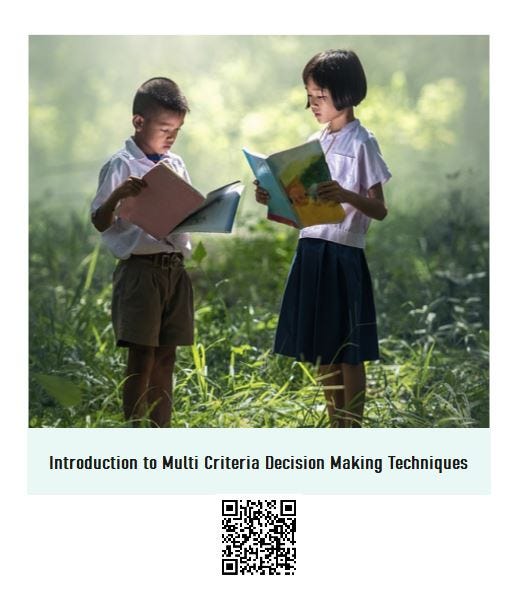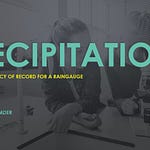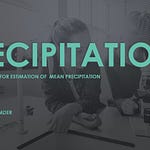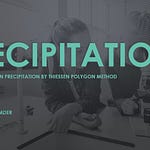Earn money by selling Educational Products
This Hydrogeek podcast focuses on five case studies where droughts were identified using multi-criteria decision-making techniques. Drought is a prolonged period of abnormally low rainfall, leading to water scarcity and reduced crop yields, devastatingly affecting agriculture, food security, and local economies. The definition of drought is fuzzy, with some governments declaring drought after a minimum of three months or six months. The Food and Agriculture Organization (FAO) defines drought as a period when there is less precipitation than expected or normal, lasting for a season or longer. However, due to climate change, the threshold for expected precipitation is now contiguous, making it difficult to predict the exact amount of precipitation in a given month. The podcast emphasizes the importance of understanding and addressing droughts to ensure food security and local economies.
High-performance hosting minus the high price(AD)
The global cyclonic storms observed in the last month have been a rare occurrence, but they are expected to become more common in the coming days. Identifying drought is a challenge due to the various definitions that reflect different needs, regions, and approaches. Droughts are common in dry lands, including arid, semi-arid, and dry sub-humid areas. Desiccation, which lasts for a decade or more, is a consequence of droughts, but not all droughts lead to desertification. To identify drought, multi-criteria decision-making (MCDM) techniques are used.
In 2021, Shiva Kumar et al. mapped the regions of Nabakkal district in Tamil Nadu, India, using a geographical information system and analytical hierarchy process. They classified the region into drought-prone or drought-prone areas based on the severity of droughts observed. The authors developed a map representing drought in different levels of severity for the district of Nabakkad in Tamil Nadu
.The study found that 62% of the district's total area was under mild drought conditions, and recommended the use of AHP and GIS for this type of study. Drought can be hydrological or agricultural, with hydrological drought impacting the entire population and agricultural drought affecting cultivators. Other types of drought include hydrological drought, which affects the entire watershed, and agricultural drought, which affects cultivators.
Up to 75% off Web hosting(AD)
The authors of a study by Shiva Kumar and Vidya Lakshmi used AHP and GIS to classify a district in terms of drought. They used Fuji Analytical Network Process and Decision Making Trial and Evaluation Laboratory (DMATL) to evaluate drought risk in the Kashkan River Basin in Iran. The study found that the severity of droughts was observed in 20% of districts where the risk was intense, mainly concentrated in the western part of the basin.
The authors of a study by Hedayat Hussain and Hesam Saeed Kaboli used GIS to identify the impact of climate change on drought risk in a semi-arid region in Gujarat, West India. The study used temperature, precipitation, moisture, land cover, soil type, and water use to predict drought trends.
The authors of a study by Rinali Patel and Ananth Patel used the TOPSIS technique to develop a decision support system for identifying drought or risk due to drought, considering agriculture drought rather than hydrological drought.
75% off on .online domains(AD)
The study by Johora Sarani, Ali Sardar Shahraki, and Mahadi Savdari published in the Journal of Applied Research in Water and West Water in 2024, developed a novel PCA drought index using the Multi-Graduated Decision Making Technique (AHP), Analytical Reality Process, and GIS software ArcGIS. The researchers classified a watershed in Raichur Taluk of Karnataka based on water availability using 10 risk parameters. The PCA drought index was then used to classify the entire region into different levels of drought or water availability. The study concluded that socio-economic information is crucial for developing better policies and climate-resilient strategies for the Taruk. They suggested that in addition to technical information, socio-economic information of the local population should be collected to strategize mitigation measures. The study suggests that resources should be allocated quickly to those who have no money to sustain, even if they have moderate drought severity.
50 Project Ideas on AI and Sustainable Engineering
The discussion revolves around five case studies that utilize MCDM, GIS, and other smart techniques, including PCA and principal component analysis. HP is the most safe and reliable MCDM technique, used for two decades with satisfactory results. However, there is a problem with passive identification, which classifies regions based on drought severity. The question of whether drought exists is not convincingly addressed by scientists. If MCDM techniques are intelligently used, a more concise and definitive definition of drought can be achieved. This podcast concludes by expressing gratitude for the listeners' patience and encouraging future podcasts. The speaker concludes by thanking the audience for their patience and suggesting a possible future meeting.
Courses on Data Science, AI and Optimization:
If you are interested to enroll all the above courses at one time then become a member of the Data Science for Sustainability group and you will get access to all the above courses and much more relevant but useful content. To become a member of the group click the button below :
Please Note: To continue accessing this article after seven days, please upgrade to a personal membership. If you want to promote your products continuously in The HydroGeek Newsletter feeds to subscribers, send an email twice to all of them, share on our social media, be featured on the home page, and be included in selected email bulletins reaching multiple water professionals then kindly upgrade yourself to an Institute Membership (if you want to pay in INR then send the requisite amount to 9830887194@ybl)
The information provided above is presented in the order in which it was received from the source. The application link and dates are the same as those that were provided by the source. Shared knowledge is based on what is received. the author of this post and HydroGeek are not liable for any liability or damage resulting from the use of this information. Additionally, our Terms and Conditions as well as our Privacy Policy are presented here for your perusal. After taking into account the honorarium and the cost of maintenance, the amount that is obtained in exchange for the membership fee or through any other methods, if any, is then donated to non-profit organisations.













